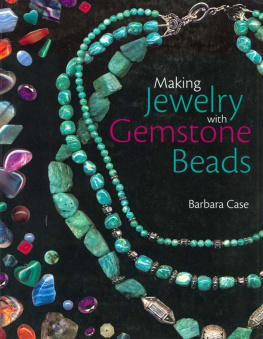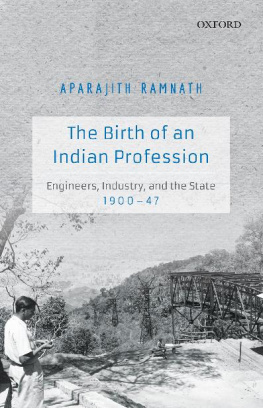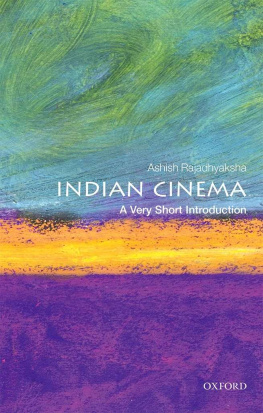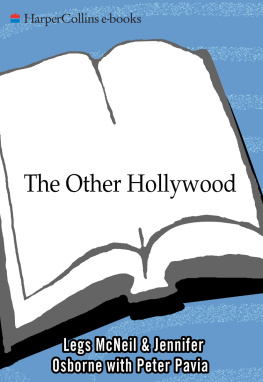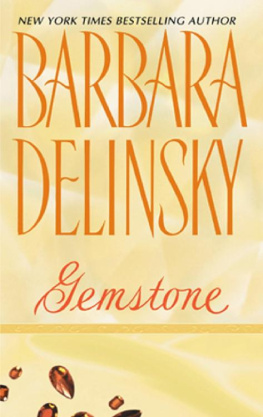EMERALD CITY
The Birth and Evolution of an Indian Gemstone Industry
LAWRENCE A. BABB
Cover photograph by author; emeralds from the collection of Rajendra Bothra
Published by State University of New York Press, Albany
2013 State University of New York
All rights reserved
Printed in the United States of America
No part of this book may be used or reproduced in any manner whatsoever without written permission. No part of this book may be stored in a retrieval system or transmitted in any form or by any means including electronic, electrostatic, magnetic tape, mechanical, photocopying, recording, or otherwise without the prior permission in writing of the publisher.
For information, contact State University of New York Press, Albany, NY www.sunypress.edu
Production by Ryan Morris
Marketing by Michael Campochiaro
Library of Congress Cataloging-in-Publication Data
Babb, Lawrence A.
Emerald City : the birth and evolution of an Indian gemstone industry / Lawrence A. Babb.
p. cm.
Includes bibliographical references and index.
Summary: A study of the contemporary gemstone industry of Jaipur with special emphasis on its ownership class. Detailed examination of an industry in a non-Western setting, with contextual background for the Jain religion and recent Jaipur historyProvided by publisher.
ISBN 978-1-4384-4587-8 (hardcover : alk. paper)
1. Precious stone industryIndiaJaipur. 2. EthnologyIndiaJaipur. 3. Jaipur (India)CommerceSocial aspects. I. Title.
HD9676.I43J353 2013
338.2'7809544dc23
2012015234
10 9 8 7 6 5 4 3 2 1
ILLUSTRATIONS
ACKNOWLEDGMENTS
Most of the research on which this book is based took place between August 2005 and January 2006 and was supported by a Senior Short-term Fellowship from the American Institute of Indian Studies. I would like to thank Professor R. K. Pant and the Department of History and Indian Culture, University of Rajasthan, for my institutional affiliation during the research period. Much of the writing of this book was done during a very pleasant and intellectually rewarding stay as Visiting Professor at the Institute of Development Studies, Jaipur, during the spring semester of 2009 and was in part supported by a grant from Amherst College. I owe very special thanks to Professors Surjit Singh, Director, and Varsha Joshi for making my stay at IDS the success that it was.
Those who assisted me in my research are too numerous to be listed here; indeed, many are unknown to me by name because much of my investigating occurred in casual encounters in workplaces and on the streets of Jaipur. I can only issue a heartfelt thanks to all. A number of individuals, however, played key roles and deserve special mention. Surendra Bothara has been a source of constant support and excellent advice in all of my research in Jaipur. Subhash Bothra gave me many valuable insights into the workings Jaipur's jewelry business and was an indispensable listener and critic of my sometime half-baked ideas. Ashok Bothra, my research assistant, was my guide and companion throughout my 2005 research, and I truly could not have done the work without his help. Rajendra Bothra was not only a valuable source of information about the business, but was someone to whom I could turn for advice about people to see and problems to investigate. Despite his busy schedule as a businessman and community leader, the late Rashmikant Durlabhji was always generous with his precious time and was one of the principal sources of my understanding of the business. Special thanks are due to Sudeep Tholia, who generously shared Banjilal Tholia's late nineteenth-century correspondence with me and helped me in many other ways as well. My discussions with Shiv Shankar Gupta were truly essential to my research, and I am grateful for the time he spent with me. I also owe special thanks to the following individuals whose generous responses to my queries were vital to this book: Ashok Bhandari, Champalal Chordia, the late Gumanmal Chordia, Mehul Durlabhji, Yogendra Durlabhji, Pramod Kotahwala, Jyoti Kothari, Ratan Chand Kothari, Vijay Chand Lodha, Dharmendra Tank, Nawal Kishore Tatiwala, and Nem Kumar Tholia. Thanks, too, to Sarah Babb for valuable bibliographic tips.
The Bothra family has been my family in India for decades. I regard their home as my home, and they have been an unfailing source of companionship and love (to say nothing of the home cooking and so much more). To the extent that this book has value, much of the credit should go to them.
My wife Nancy has shared my life in India from the beginning and has always been patient with my absences and forgiving of the time that my research and writing have devoured. What I owe her is beyond thanks.
NOTE ON TRANSLITERATION
In order to maximize the accessibility of this book to nonspecialists in South Asian studies, I have cut the use of diacritical marks to an absolute minimum. Personal names, place names (such as Marwar), and certain other well-known proper nouns (such as the goddess Lakshmi) are given without diacritics and in the spellings best known in English writing. Hindi terms, including the names of castes and sectarian labels, are normally presented as they are conventionally transliterated from Devanagari script but without diacritics. However, the characters conventionally transliterated as and are both represented by sh, and the characters conventionally transliterated as c and ch are represented by ch and chh respectively. Where a technically correct transliteration of a given term requires diacritics or other alterations, a fully transliterated version is given in italics and parentheses after its first occurrence in the textfor example: Sthanakvasi (sthnakvs); gachchh (gacch). Certain technical terms and special expressions used only once in the text are given in italics with diacritics. Diacritics are also applied to words or phrases quoted directly from Hindi and to the titles, publication particulars, and authors' names of works written in Hindi. Plurals of Hindi words are indicated with an added non-italic s.
INTRODUCTION
I have to be honest. I was initially drawn to this subject by its simple romantic appeal, not by some abstract theoretical puzzle, and at first I had no notion of doing any writing about it at all. Research on other topics, mainly connected with Jainism and western India's trading communities, had led me to the city of Jaipur in 1990 and to a street and area of the city known as Johari Bazar. This is the city's main jewelry and gemstone zone, and there in the course of my Jainism research I met lots of people in the gemstone business. During that year, my first in Jaipur, and for years thereafter I had a continuous view out of the corner of my eye of the business and its goings on, for even though it was not the subject of my formal research, it was impossible to ignore. Here were little heaps of emeralds, rubies, diamondsexquisite stones of every sort. They were being treated as if they were perfectly ordinary things, but they certainly didn't seem ordinary to me. And there was plenty of money around, too, sometimes bundles of large-denomination bills coming and going in shopping bags. This is definitely interesting, I thought. But what most attracted my attention, at least at first, was not the money but the sheer wondrousness of the stones themselves. When properly finished, they are objects of great beauty. And they are not just physical objects. They bear and compress value, often very great value, and not just monetary value. There is a vast lore about themabout their properties, physical and metaphysical, their origins, and even their individual careers. The stories of gems, especially the great ones, are intertwined with the histories of families, cities, and even nations.



